Today’s topic is “water in motion photography,” and I will tell you how to photograph water in motion in this article. Photographing moving water, whether rivers, waterfalls, urban water games, or even falling rain, is one of the experiences that many photographers attempt. With, it must be said, very varied results, most often due to insufficient preparation. Because photographing water moves, even if it can undoubtedly be improvised when one has a little photo experience, most often requires minimum preparation.
How to Photograph Water in Motion?
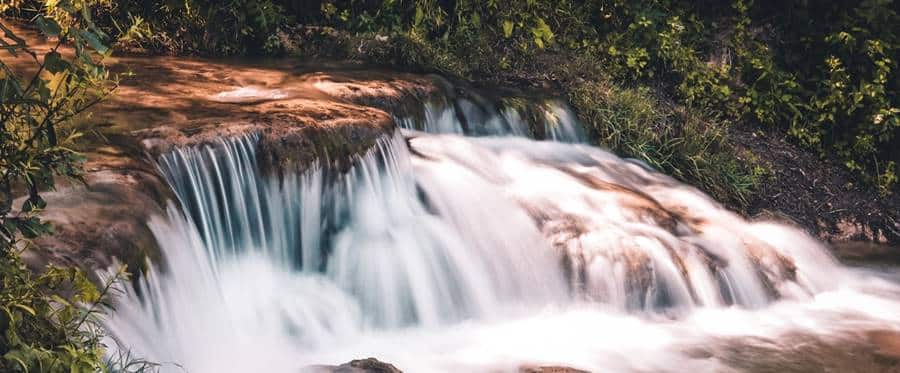
I will try to answer these questions and a few others that may arise.
1. Choosing The Subject for Water in Motion Photography
This choice is always of some importance. You will not photograph Victoria Falls (or those of Niagara) or, more modestly, the neighborhood waterfall in the same way as the water jet in the basin of the park next to your home. It is, in each case moving water, but the movement is very different. Therefore, it is essential to adapt your way of doing things and prepare yourself for the planned subject.
2. Required Camera and Equipment for Water in Motion Photography
Depending on the case, it can range from the simplest to the most elaborate.
It may seem obvious, but the number of photographers who want to fix the entire waterfall on the canvas using a simple smartphone is not as anecdotal as one might think. And it is pretty understandable: to access an exciting view of this magnificent site; it is necessary to walk for a long time on stony paths and sometimes a little steep. Apart from there is not that many, the downside is that it makes the walk much more expensive. However, on foot, it is strenuous and tiring.
Reflex, Compact, Hybrid or Smartphone?
The transport conditions explain why many visitors, more tourists than photographers, are satisfied with their smartphones. Of course, they will still be able to pull off some good images. But because of the less fine-tuning possibilities, they will have difficulty competing with the ideas of those whose equipment is adapted and the practice asserted. Because, to get to know this place well, I can tell you that what is most interesting – including the photo of moving water – is, of course, to be at the very foot of the waterfall.
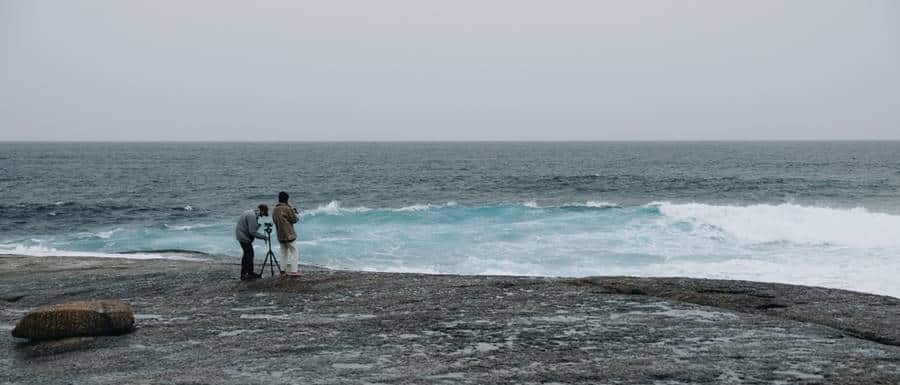
All types of cameras can be used with varying degrees of ease and comfort. Remember that in Niagara, the essential fall has more than 280 meters (out of 422 meters). Is it helpful to specify that the stream is then very present and that a piece of photo equipment is therefore well appreciated? Exit, smartphone, and long live Pentax camera.
And what about the photographer’s clothing equipment? At an altitude of 2200 meters, even in summer, it is not very hot. Under the conditions set out above, you quickly understand that improvisation is sometimes good, but not in all situations.
Rquired Small Accessories
One of the difficulties of taking a picture of moving water is knowing what you want to do: do you have to freeze the movement or, on the contrary, does the photo have to suggest it? Depending on the case, you may need to bring filters.
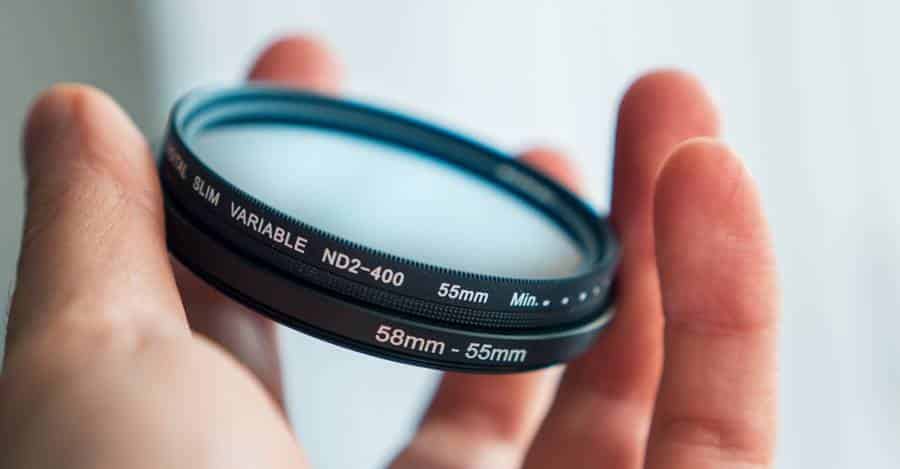
Some of these filters will allow you to reduce, if necessary, the amount of light hitting the sensor (polarizing filter) while avoiding unwanted reflections. Others (neutral ND filters) will help you to partially or eliminate movement. Their use will result in a longer shutter time.
But beware! If the total elimination of other visitors’ activities is sometimes desirable, it is not necessarily a good idea for the water itself. About that, generalities, but especially ND filters or polarizers.
Photographing Waterfalls
Wanting to thoroughly photograph Niagara Falls or Victoria Waterfall, even if these two examples have nothing to do with each other, is impossible. Indeed, unless you are at a great distance from these prominent places, it will be impossible to fit everything into a single shot.
At a great distance, you will not be able to modulate your settings enough to allow the movement of the water to appear. In most cases, the result will be limited to an image where the water will appear as a white spot from which the very notion of movement will be absent.
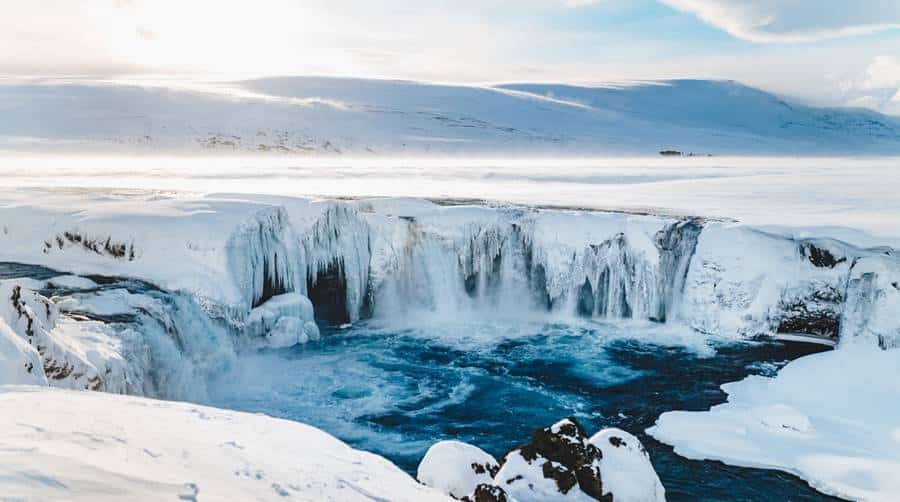
You will, therefore, have to get close enough to distinguish the water’s movement clearly. The result is that you will only be able to grab limited parts of the waterfall in question.
However, nothing prevents you then to make a panorama of it by assembling these images. If that’s not your intention, then choose your viewing angle(s) wisely.
Again, think outside the box: it will likely take some effort, if not a lot of effort. But in this way, you will not take the same photo as the many tourists who crowd in the same place, to take the photo of the postcard sold nearby for a few cents.
Photographing Small Streams
Usually, these are not the most photographed subjects. However, we can also draw perfect images.
You will often come across such streams when hiking in the mountains, for example. They often feature attractive curves as well as mini-waterfalls just begging to be discovered. Not to mention that the sound of moving water can also charm your ears.
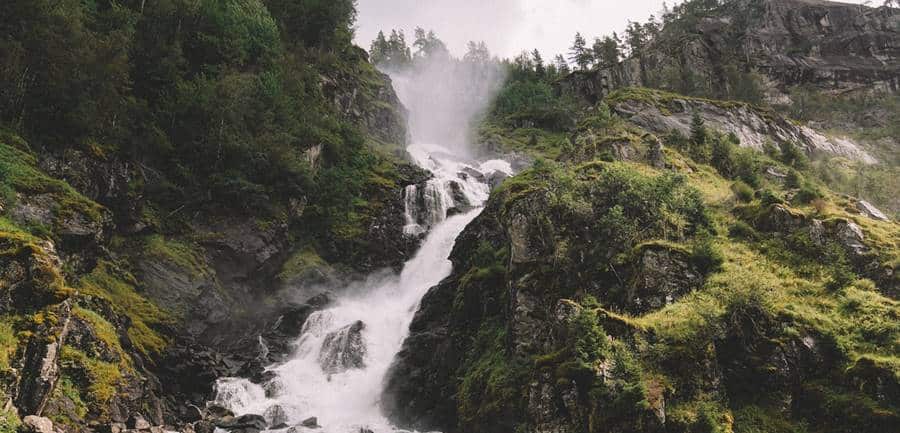
So don’t be caught off guard: go for a hike, ALSO with a lens that allows these shots at close range. Reserve the 300mm – heavy and bulky, often! – hikes more geared towards photo hunting. If you have “sherpas” (!) or if you feel sufficiently resistant, do not hesitate; see “large.” But don’t forget that in such circumstances, a tripod is often helpful. However, it will weigh down your bag significantly.
Otherwise, use the means that nature offers you and place your case on any stable (and safe!) support. Because your goal is still to photograph moving water and not the movements of the hands, in this case, remember to bring the protective and stabilizing bean bag (“bean bag“) on which to place the device.
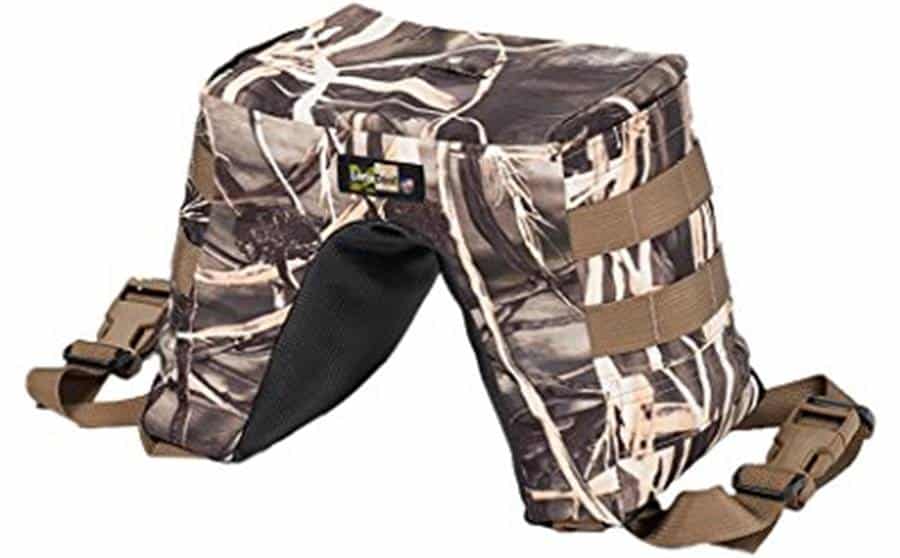
You will often find that shooting may be difficult under these circumstances, with the body/lens assembly lying close to the ground. Yes, at a certain period, one can find that “the earth is low.” In addition, lying down or squatting may become slightly painful. So? No solution?
Using A Remote Control for Water in Motion Photography
But if! And especially if you have a box equipped with Wi-Fi and a smartphone. It will then suffice to download and install, for example, the Image Sync application, which, once connected to your camera, will leave you with absolutely remarkable shooting comfort.
You can check your framing from your smartphone screen, choose the desired aperture, the shooting mode, and even select on the displayed image, and in a tactile way, the place where you want to focus point. And, of course, trigger. This sort of advanced remote control is compelling when we have had the opportunity to test it.
But of course, it’s less straightforward if your APN doesn’t offer Wi-Fi. In such a case, it may be necessary to turn to the accessories which allow it, such as the Flucard. We are not strong supporters of it, with many reviews on the forums reporting malfunctions. But it could be a possible solution.
Photographing Moving Water in Cities
By this, we mean the small water games often staged in cities or estates. My opinion is that the interest in shooting is somewhat limited, except for elaborate water games and which one does not often meet. But, in this case, they are more suited to a video shot than to a photoshoot. Even if you want a memory of moving water, you might also film to keep the scenario of the water game.
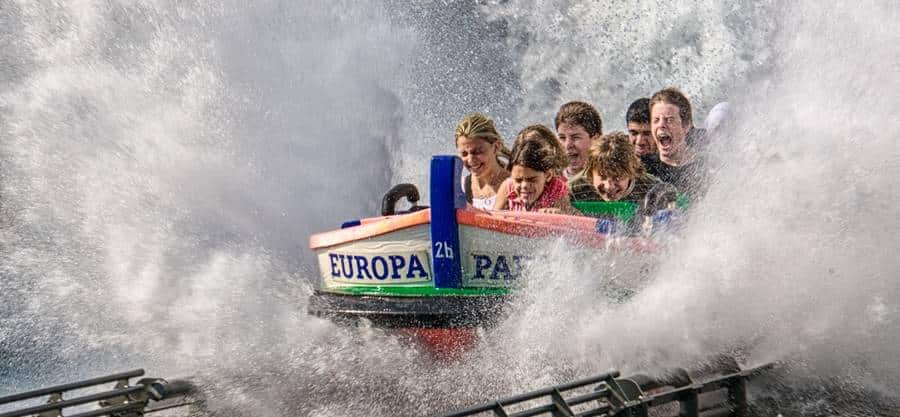
Who says city or areas like those we have mentioned, says many people? Unless one has the opportunity to visit these places at times when visitors are rare. And who says many people also say the difficulty in choosing the appropriate framing, difficulty in “eliminating” parasitic movements, or even people coming to stand just in front of your camera (standing) to take the same shot as you. Yes, it isn’t delightful.
Stay calm, be patient, wait for the right moment, and if it doesn’t show up, don’t insist: change your location or angle of view. Once again – we can’t repeat it enough – don’t do like everyone else. And don’t forget to equip yourself with the ND filters mentioned above: it is often in these circumstances that they will render you the most services.
Photographing the Sea
By definition, the sea is always water in motion, of great amplitude or not. To photograph the sea, it is preferable that the waves are perceptible for the photo’s sake. Let’s skip the image right away onboard a boat caught in a storm, even a tiny shower.
If you have exceptionally favorable circumstances, we don’t see how you will do long exposures under these conditions. It will then be necessary to rely on high speeds; otherwise, there is a risk of obtaining a “pixel slurry.”
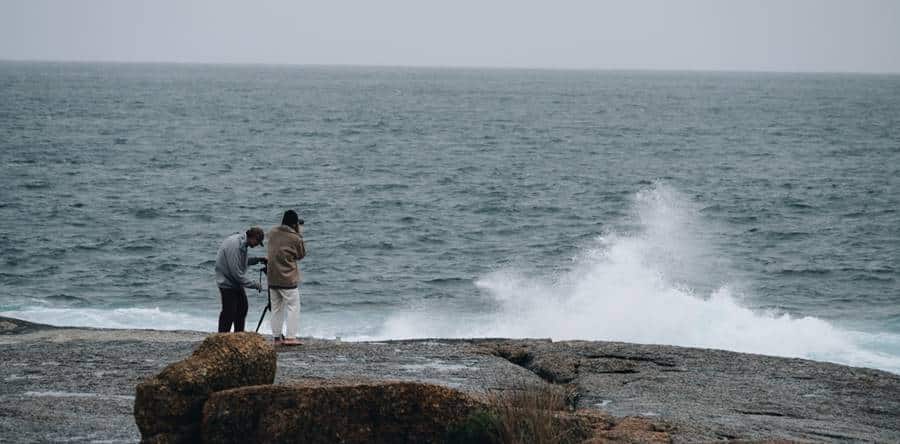
From the edge (beach, cliff, etc.), it is much more accessible, and you will find the shooting conditions that we have exposed above. On a slightly rocky coast, it is quite possible to fix the movement of the water on the rocks or the foam generated by the waves crashing on the rocks. All the previous variations remain, in this case, applicable. It is the same for the surge of water on the beach. It is then up to you to decide what you want to show: the movement or its absence.
The Shooting Procedure
Whatever the subject photographed, the problem is the same. The questions that arise are:
- How to move water disappear? And
- How, on the contrary, to make it appear?
1. How to Make the Movement of Water Disappear in Water in Motion Photography?
It is undoubtedly the easiest and the least interesting. All you need to do is choose a fast shutter speed. Thus, the movement of the water will be frozen, almost as if the frost has suddenly taken over the water column. We see many images taken in this way, and, except in the case of mythical places, we rarely stop there. But if it’s your choice, why not?
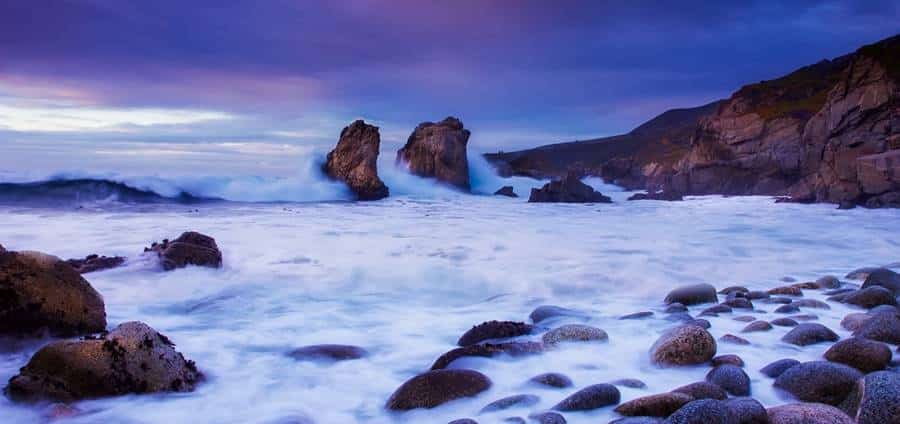
Do not forget to choose a diaphragm opening about your intentions and consider your position concerning the subject. If you are too close and the aperture is large, the depth of field will likely be very shallow, and much of the image will be out of focus.
2. How to Show the Movement of Water During Water in Motion Photography?
By this, I mean that the shot does not “freeze” the movement, but on the contrary, it highlights it. It is, therefore, the opposite of the previous case.
The two images below illustrate this way of doing things: the movement of water appears. The difference between these two images is in adopting different sensitivity, even though these two images below were taken at f/16.
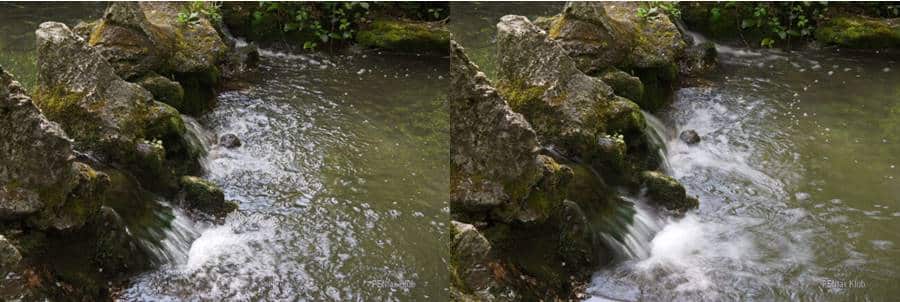
In the first, it is at ISO 640 hence a shutter speed of 1/50s. In the second, it was lowered to ISO 100: the rate consequently fell to 1/6s.
Therefore, you have to know what you want. A medium to low shutter speed will make the flow of water more or less blurry. To obtain a correct exposure, this implies closing the diaphragm up to the limit and retaining values equal to or greater than f/11.
Here again, it is a function of the circumstances, and it would be a mistake to believe that there is only one possible value. In the modulation of the settings, you will find the solution, especially if you are inexperienced.
Shoot, Shoot!
In digital, it is not expensive, a good habit to take; if you are not sure of your choices, multiply the shots with different settings. Of course, it is not a question of doing just anything at random.
The exposure has to be good. And you know that excellent exposure is a function not only of aperture and speed but also of ISO sensitivity. By doing so, you increase your chances of having a good image in the pack. Note that multiply the shots does not mean shooting in burst mode; on the contrary.
If you are new to photography, learn how to fine-tune your settings according to the ambient light and the result you want to achieve. And don’t forget the reflections produced by moving water, nor the areas of too much light that it is likely to produce.
You may also like to read: Lighting in Photography and Filmmaking
Use Screen and Histogram
Digital photography has, among others, the enormous advantage of being able to immediately check what has just been photographed on the camera’s screen. So, you can gradually fine-tune your settings until you get what you’re looking for.
Know, however, before as much accuracy as possible what you see on this screen. You know that, on small images (approximately 3 inches, or 7.6 cm), we do not see quite the same things as on a 24-inch screen (almost 62 cm). The vagueness is less apparent. And the histogram display can help you a lot.
Influence of Openness on Rendering
All images were taken with a K-1 body and Pentax FA 50mm f/1.4 lens in the slider below. Everything was mounted on a tripod, and the aperture settings and releases were made through the Image Sync application installed on a smartphone, taken in RAW, with no further processing.
The focus was made on the upper part of the waterfall, where the stone exits.
Note the increase in shutter time and depth of field – especially in the left foreground – as the diaphragm closes.
The Long Exposure
Often, photographers use long exposures, from a few seconds to a few minutes, depending on the outdoor light circumstances. Be careful to expose correctly because we quickly burn certain areas of the image. If you can, avoid framing the sky or part of it: this is what burns most easily. Or find the angle that will allow you to avoid this inconvenience.
Of course, as said above, using ND or polarizing filters can also help.
When taking pictures in places where the light intensity varies depending on the in-frame areas, pay close attention to the exposure when taking the picture if the post-processing makes it possible to remedy minor deviations. It is never perfect to have overexposed areas and others underexposed in the same image.
HDR
Another solution is to take several shots at different exposures. Then, in your favorite software, you will assemble them in HDR (High Dynamic Range). It’s practical, but it all depends on what you want to achieve as a result: sometimes, a particular blur gives character to an image, where too much sharpness can be detrimental.
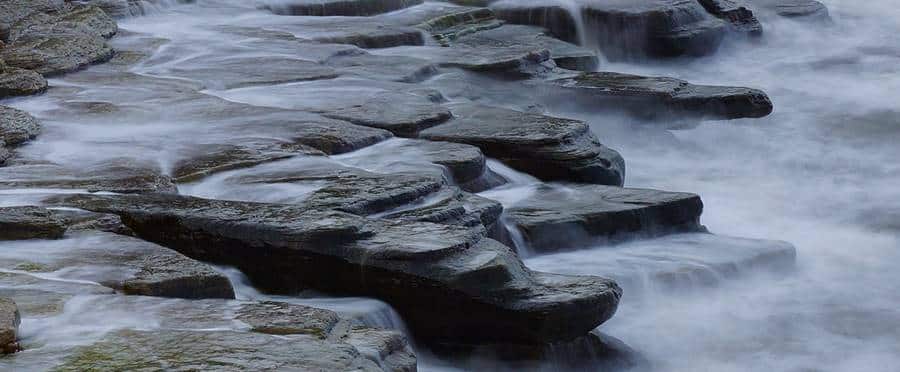
Another pitfall to avoid (or not!) in water in motion photography: An exposure too long will give the moving water a completely milky or cottony appearance. This means that we will only see a uniform mass in which the very notion of movement will be absent.
My opinion is that at low doses, it is sometimes pleasant if done well. But it should not be abused because, in our opinion, it no longer translates the life which is symbolized by flowing water. It’s all about choice and personal tastes, and in this area, there is nothing to impose: any well-realized image is justified by itself.







